What nutrients are in your food?

Find out from the newly launched Food Composition Table released for Indian food
The first Indian food composition table with 218 foods was released in 1937 as a health bulletin titled ‘The nutritive value of Indian foods and the planning of satisfactory diets’. This was then updated and released with 298 foods in 1951. The same bulletin was rehashed with 856 foods in 1963, 664 foods in 1971 and 606 foods in 1989.
After all this time of waiting, Indians can finally get to know what nutrients make up the food they eat!
An updated ‘Indian Food Composition Tables’ analysed and complied by National Institute of Nutrition (NIN) based at Hyderabad with funding from the Indian Council of Medical Research (ICMR) was released in January 2017. J P Nadda, Minister for Health and Family Welfare, Government of India (GoI)released the publication at a function in New Delhi and Faggan Singh Kulasthe, Minister of State for Health and Family Welfare, GoI, was Guest of Honour.
While welcoming the gathering, Soumya Swaminathan, Secretary, Department of Health Research, GoI & Director General, ICMR, highlighted the importance and need for such a publication around food composition tables. T. Longvah, Director In-charge, NIN and Principal Investigator in the project team presided over the function.
J P Meena, Special Secretary, Ministry of Food Processing Industries, GoI, Ashish Bahuguna, Chairman, Food Safety Standards Authority of India (FSSAI), Hameed Nuru, Country Director, World Food Programme (WFP), Ruth Charrondiere from Food & Agricultural Organization (FAO), Rome and Trilochan Mohapatra, Secretary, Department of Agriculture Research and Extension, GoI & Director General, Indian Council of Agriculture Research spoke on the occasion.
The release of the book was followed by an International Symposium on ‘Food Composition in Nutrition and Health’. The use of food composition tables in various fields was presented by experts from different countries. Ruth Charrondiere from INFOODS/FAO, Rome (International Network of Food data Systems), Paul Finglas from EUROFIR/IFR Norwich, UK, Renuka Silva from University of Wayamba, Sri lanka, Isable Castanhiera from Ministry of Health, Portugal and Hettie Schondfeltd from University of Pretoria, South Africa explained the use of food composition tables in their respective countries.
T Longvah explained the effective use of food composition data in nutrition research. Rachita Gupta from WHO, India, gave a lecture on importance of food composition data for policy-making to prevent dietary risk factors of non-communicable diseases. Public health significance of new food composition tables and application of National Nutrition Monitoring Bureau dietary data was explained by Avula Laxmaiah from NIN, Hyderabad.
Anura Krupad from St. Johns Research Institute, Bangalore explained the role of protein in childhood undernutrition in developing countries, while Hemalatha from NIN gave a talk on optimising growth and body composition in the Indian context. Other experts spoke about the utility of the food composition table.
Nutritionists, academicians, students, researchers from various institutions who largely use the food composition tables and government officials attended the book release and symposium.
Indian foods and the nutritive values: what you can know from the book
The ‘Indian Food Composition Tables’ lists 151 nutrients in 528 varieties of Indian foods. The average value with standard deviation of nutrient content of foods from six geographical regions is provided.
Vitamin D2 in plant foods has been reported for the first time in India. Advanced analytical methods of estimation were used and thus there is change in the nutritive value of some foods when compared with previously published data. The book presents several photographs of foods for readers to easily identify varieties of Indian foods.

Example:The book provides nutritive value for 21 varieties of Brinjal that can be cross-referenced with photographs given in the back pages. This is helpful for users of the book as they can identify the variety easily with the help of photographs.
In addition to the wide range of nutrients, the book also provides bioactive components, polyphenols and carotenoids for key foods in all major food groups. All foods are grouped into 20 food groups. The book also provides the nutritive value for raw foods (except egg) and this is expressed in per 100g edible portions. To aid data interchange, unique abbreviation for food components were developed by International Network of Food Data Systems (INFOODS) and this has been followed.
Reaching out to wider audiences
At the request of the Minister for Health and Family Welfare, NIN has agreed to develop a mobile application to make the food composition of Indian foods accessible to all. The app will consist of food composition tables with their nutrient content for easy understanding. To know more, you may download the book from http://www.ifct2017.com

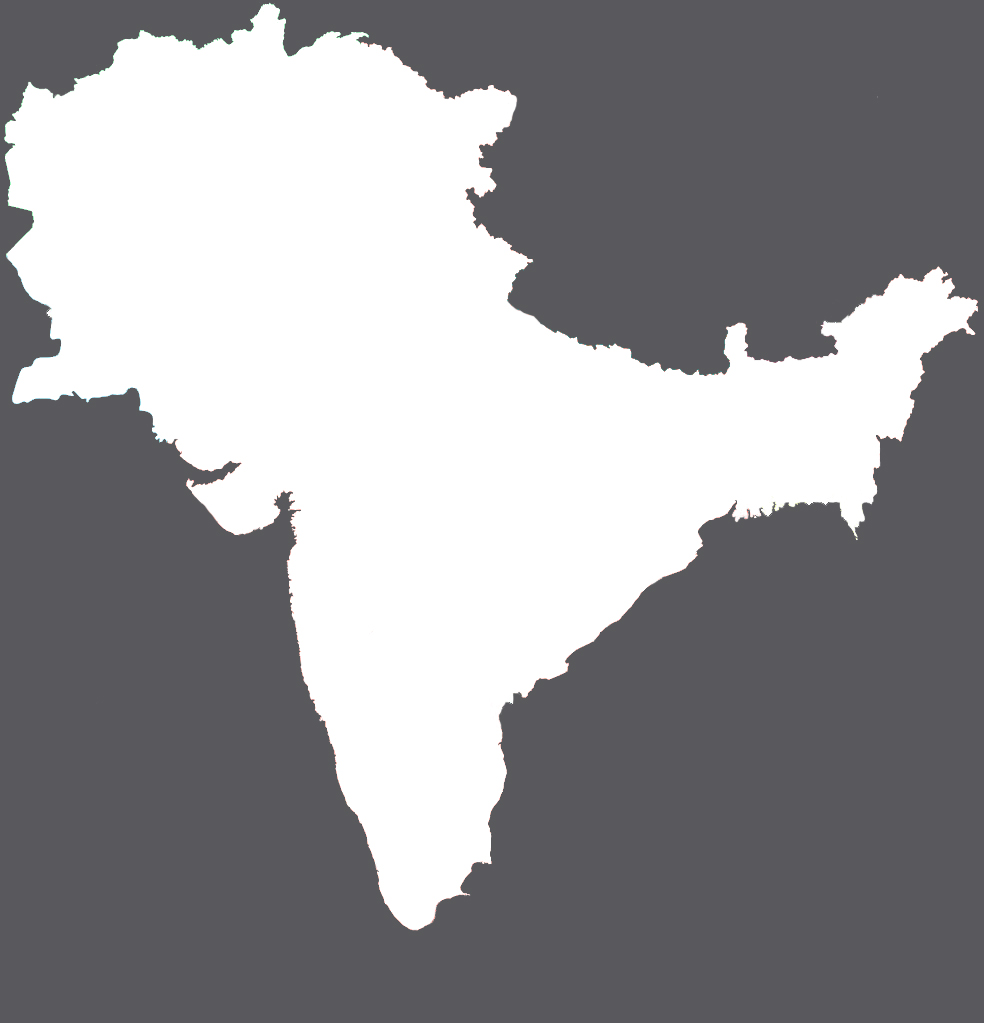
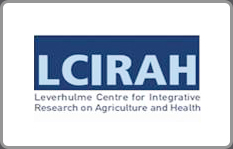
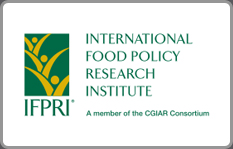
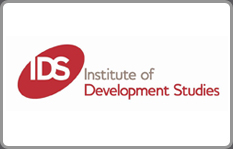


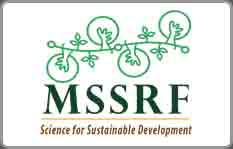
Add new comment